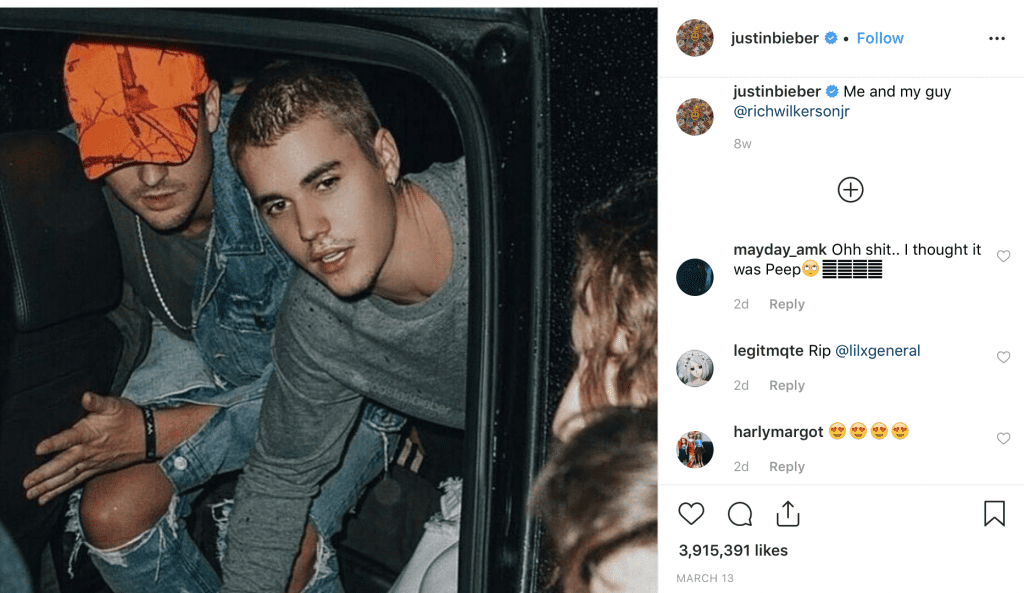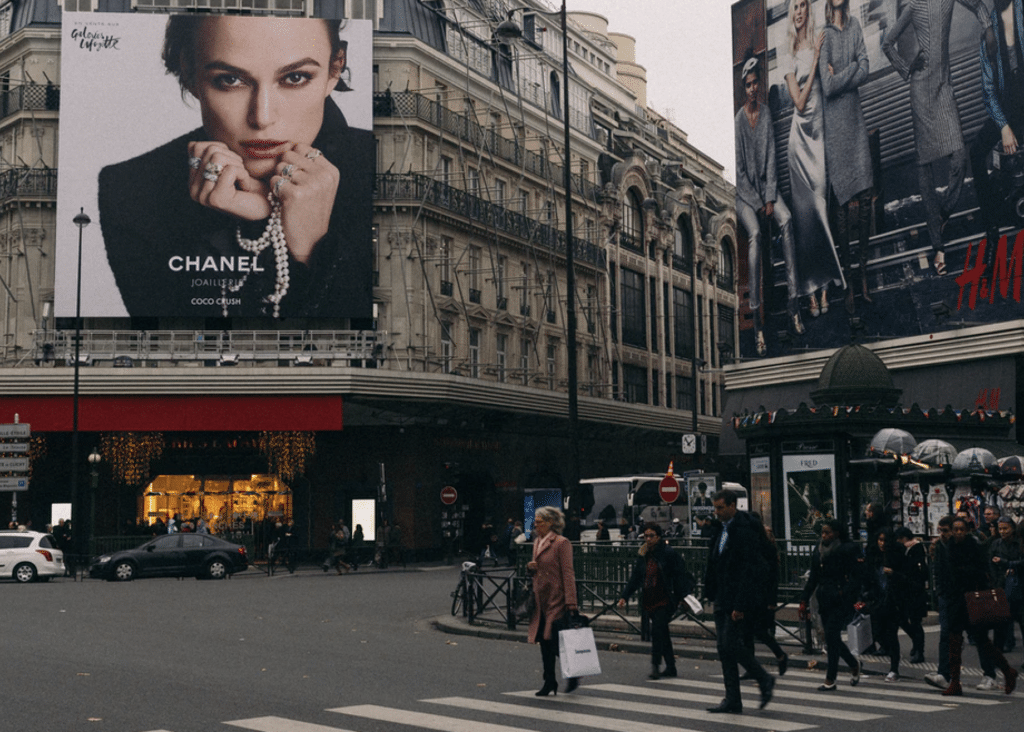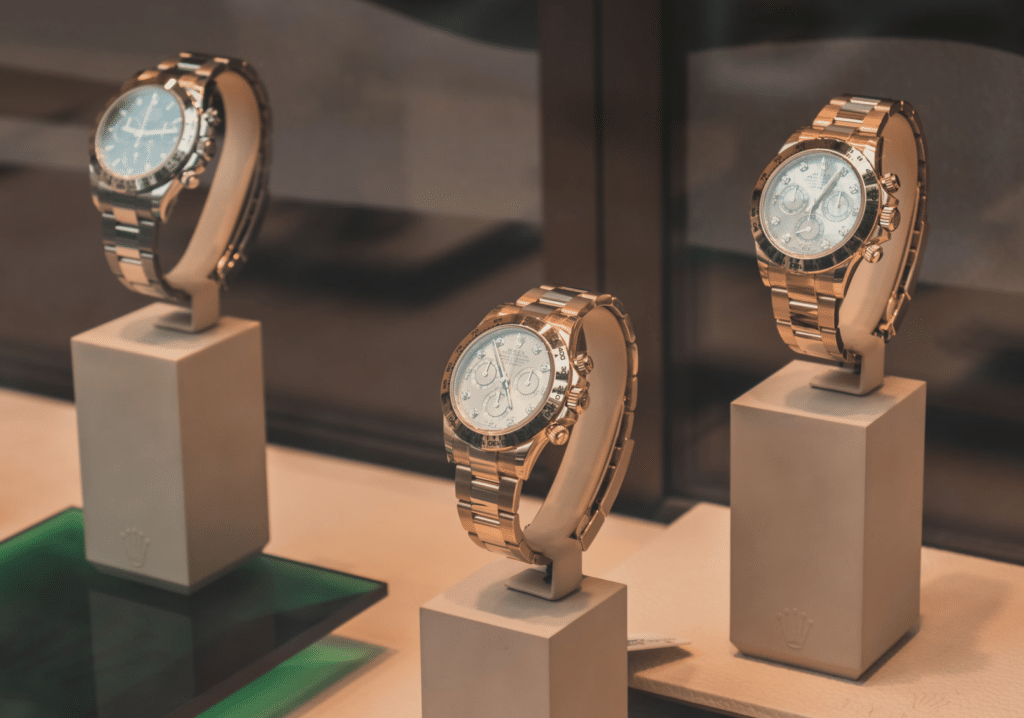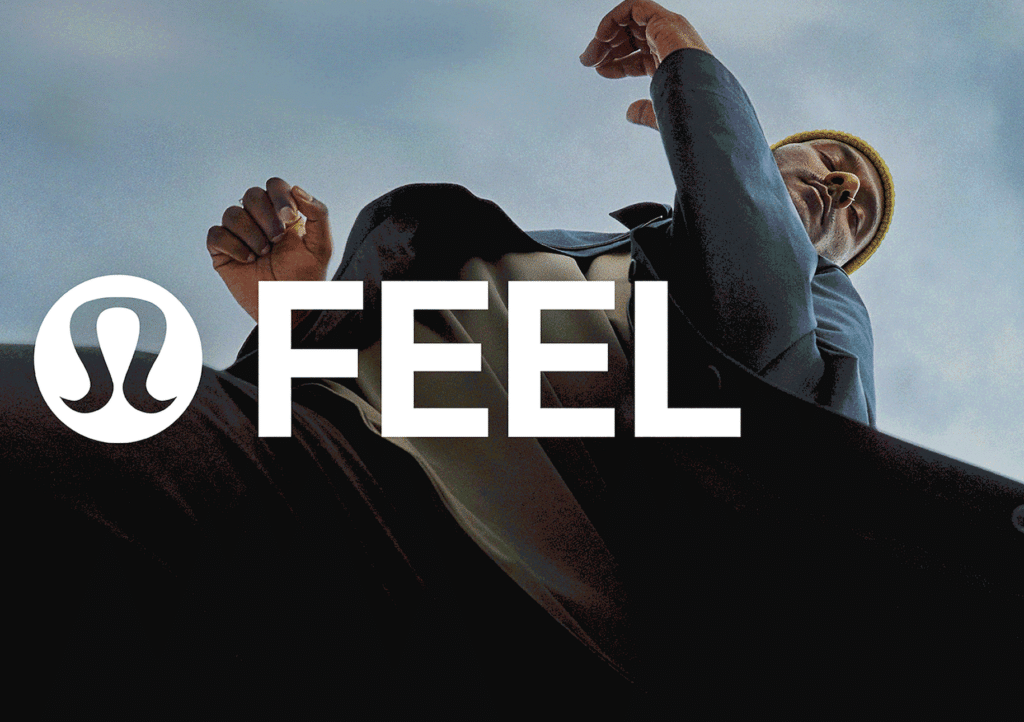A photo of Justin Bieber is at the center of a new lawsuit that stands to pick up where a recently-settled one involving a photo of Tom Brady left off. Photographer Robert Barbera, who has been on a litigation spree as of late, filed a copyright infringement against CBS, alleging that the media giant infringed his rights in a photo of Justin Bieber by “reproducing and publicly displaying it” in an article documenting the “most liked Instagram pics” on March 13. According to Barbera, “CBS did not license the photograph from [him]” for its article, “nor did CBS have [his] permission or consent to publish the photograph on its website.”
The newly-filed case takes a turn for the interesting given that CBS – by way of its idaily pop culture site – did not take a screen shot of the Instagram post, which features Bieber and resident cool guy pastor Rich Wilkerson, and publish it as part of its article. Instead, the site embedded Bieber’s Instagram post into the article, a distinction that could prove a critical one.
To date, courts have largely agreed that when a party embeds a photo into an article, as CBS did here, without actually creating a copy of the image (and storing it on its server), there is no new “display” of the photo for copyright purposes, and thus, no copyright infringement on the part of the embedding party.
That near-universal take changed, however, last year when Judge Katherine Forrest of the U.S. District Court for the Southern District of New York held that Vox, Time, Yahoo, and Breitbart, among other publications, infringed a photo that plaintiff Justin Goldman snapped of Tom Brady, Boston Celtics General Manager Danny Ainge, and NBA star Kevin Durant on the street in East Hampton, New York by embedding others’ tweets that contained the image on their websites.
Forrest’s ruling – which noted the media outlet defendants have “a very serious and strong fair use defense” – stands in contrast to the U.S. Court of Appeals Ninth Circuit’s 2007 ruling in Perfect 10, Inc. v. Amazon.com, Inc.
In Perfect 10 v. Amazon, the Ninth Circuit held that while a website owner/operator who stores an image and then provides that image directly to users violates a copyright holder’s exclusive right to display the image, embedding is not the same. That is because, according to the court, the alleged infringer never actually stores the image or makes a copy, and thereby, is not running afoul of copyright law.
Heavy Inc., one of the 3 remaining defendants (before the case was settled this month), asked the U.S. Court of Appeals for the Second Circuit to review Judge Forrest’s decision, but the court declined to take on the appeal until the case – which is still underway although most of the defendants have since settled – is fully decided by the lower court.
As Harvard Law’s JOLT digest asserted last spring, the closely watched Goldman case falls neatly in line with “many of the copyright cases arising from novel features of the internet [that] do not have clear analogues in pre-internet copyright law, including the Perfect 10 case.” The case against CBS is another one on this very same list.
*The case is Robert Barbera v. CBS Interactive, Inc. 1:19-cv-04298 (SDNY).
*This article was updated on May 28 to include a notation about the settlement in the Goldman v. Breitbart News case.














